PPT-Business Operations and Strategies Seminar (BOSS)
Author : kittie-lecroy | Published Date : 2019-11-07
Business Operations and Strategies Seminar BOSS May 2 2013 Office of the president Scott Rayder Senior Advisor to the UCAR President How Washington Works Science
Presentation Embed Code
Download Presentation
Download Presentation The PPT/PDF document "Business Operations and Strategies Semin..." is the property of its rightful owner. Permission is granted to download and print the materials on this website for personal, non-commercial use only, and to display it on your personal computer provided you do not modify the materials and that you retain all copyright notices contained in the materials. By downloading content from our website, you accept the terms of this agreement.
Business Operations and Strategies Seminar (BOSS): Transcript
Download Rules Of Document
"Business Operations and Strategies Seminar (BOSS)"The content belongs to its owner. You may download and print it for personal use, without modification, and keep all copyright notices. By downloading, you agree to these terms.
Related Documents

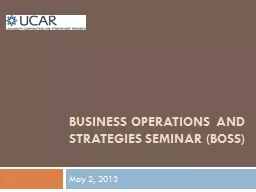
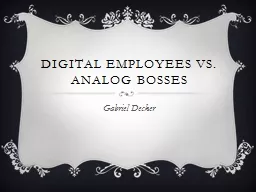
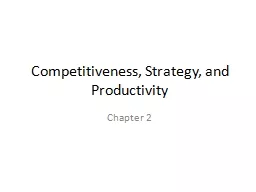

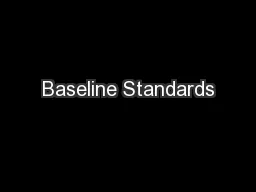
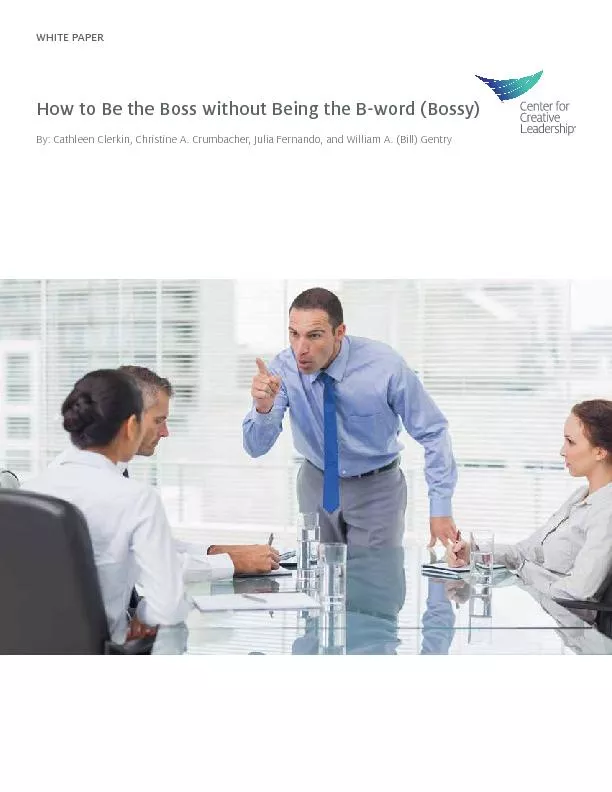
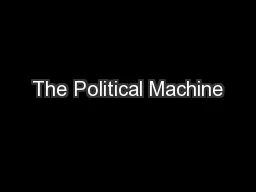
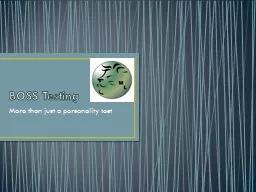
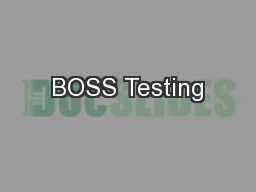
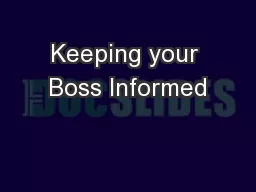

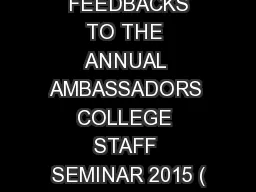

![[DOWNLOAD] World\'s Most Fucking Awesome Boss: A Sweary Boss Coloring Book Gift Idea for](https://thumbs.docslides.com/1004913/download-world-s-most-fucking-awesome-boss-a-sweary-boss-coloring-book-gift-idea-for-bosses-with-funny-snarky-swear-word-coloring-pages-gifts-for-boss.jpg)